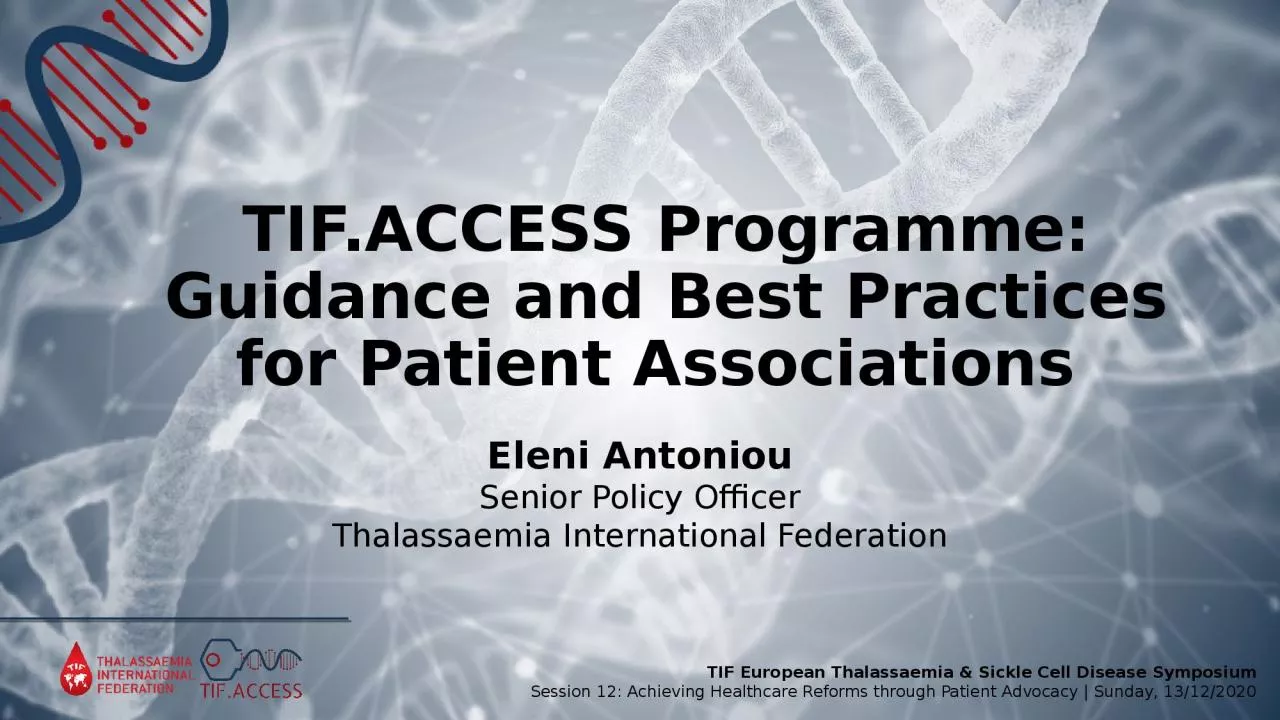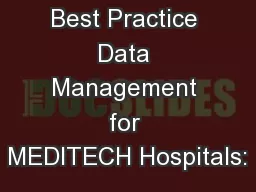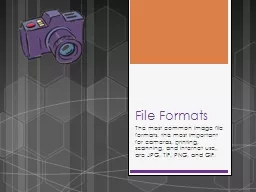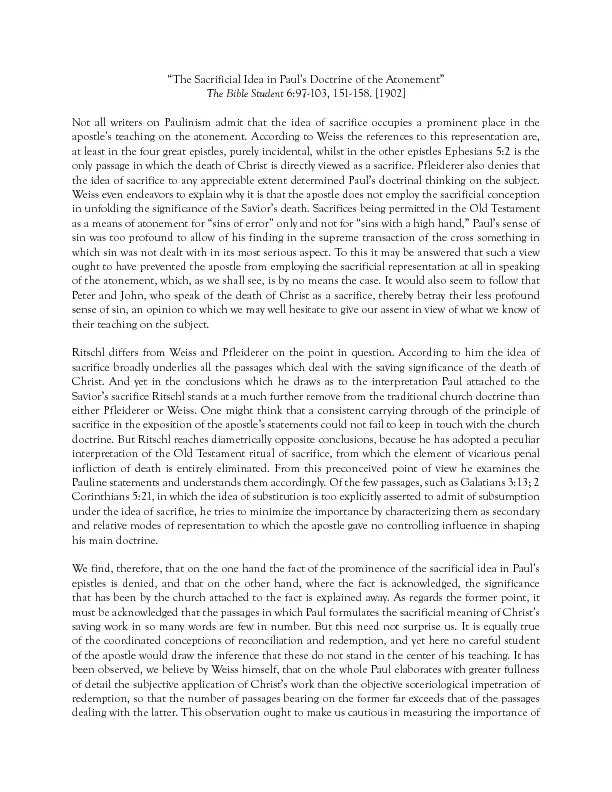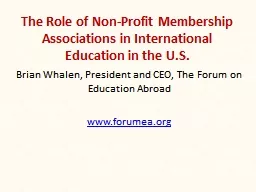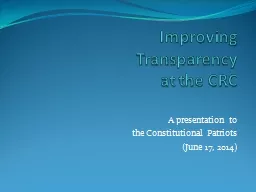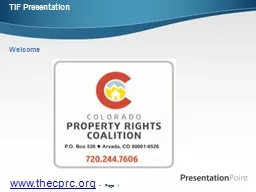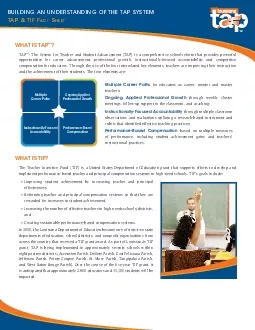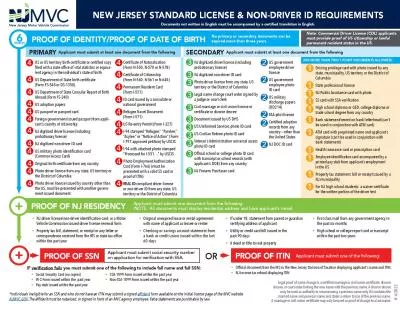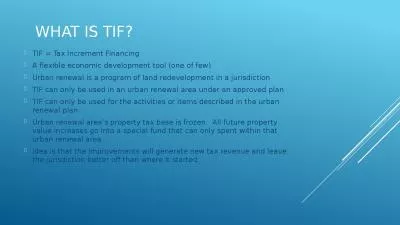PPT-TIF.ACCESS Programme: Guidance and Best Practices for Patient Associations
Author : rodriguez | Published Date : 2023-11-19
Eleni Antoniou Senior Policy Officer Thalassaemia International Federation TIF European Thalassaemia amp Sickle Cell Disease Symposium Session 12 Achieving Healthcare
Presentation Embed Code
Download Presentation
Download Presentation The PPT/PDF document "TIF.ACCESS Programme: Guidance and Best ..." is the property of its rightful owner. Permission is granted to download and print the materials on this website for personal, non-commercial use only, and to display it on your personal computer provided you do not modify the materials and that you retain all copyright notices contained in the materials. By downloading content from our website, you accept the terms of this agreement.
TIF.ACCESS Programme: Guidance and Best Practices for Patient Associations: Transcript
Download Rules Of Document
"TIF.ACCESS Programme: Guidance and Best Practices for Patient Associations"The content belongs to its owner. You may download and print it for personal use, without modification, and keep all copyright notices. By downloading, you agree to these terms.
Related Documents

